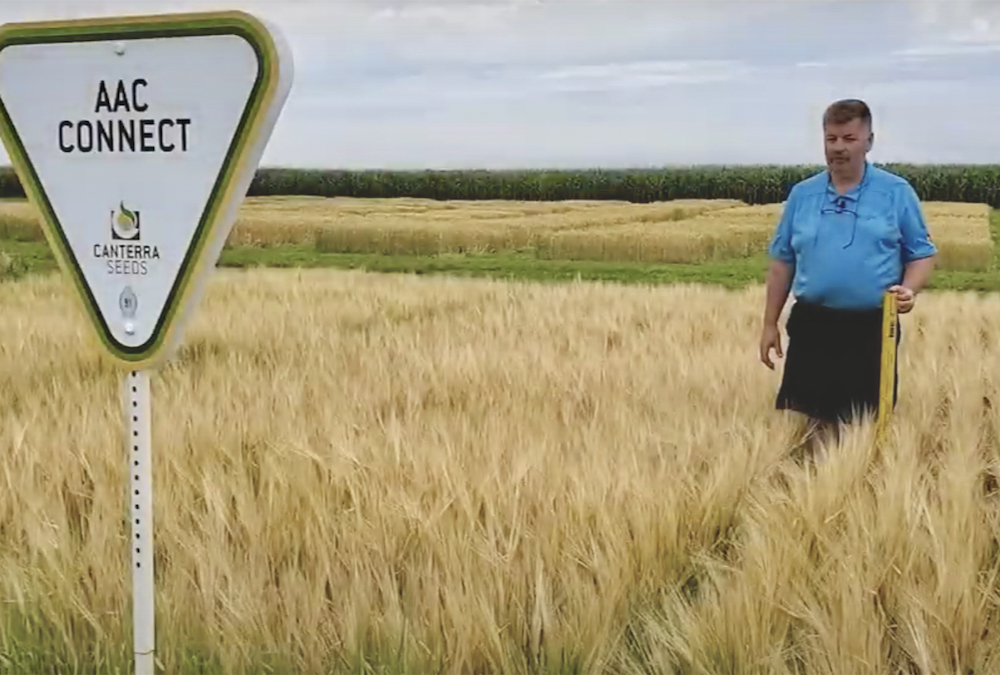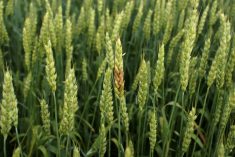The short list of recommended malt barley varieties is even shorter this year and a familiar name is missing.
There are only four on this year’s list of varieties recommended by the Canadian Malting Barley Technical Centre.
“At the top of the list this year are two of Canada’s newer varieties, AAC Connect and CDC Fraser,” Peter Watts, the centre’s managing director, said in a news release.
Read Also

Still hard to predict precise fertilizer payback
Despite decades of advances, international research finds no clear answer for where and when adding nutrient will fail to boost growth.
“These varieties are now largely accepted by domestic and international maltsters as well as brewers. They have also demonstrated themselves to be high performers in the field for Canadian farmers.”
The two most widely grown varieties, CDC Copeland and AAC Synergy, made the list but absent is AC Metcalfe, which was sown on 24 per cent of barley acres just three years ago. It got a mention (along with six others) as a variety that growers should talk about with malt buyers if they’re thinking of growing it.
[RELATED] Feed weekly outlook: Looming corn imports to keep lid on Prairie barley
Between them, the top four accounted for 79 per cent of insured acres for barley (malt and feed) grown in Western Canada this year, according to Canadian Grain Commission figures. Copeland and Synergy together had a 60 per cent share, with 760,000 and 697,000 acres respectively.
That was a drop of 340,000 acres from what the duo had claimed a year earlier, and the changing of the guard may be hastened by the latest recommendations from the malt barley centre.
“In large part due to research advancements, newer varieties with improved agronomics and disease resistance are helping to keep malting barley competitive with other crops in Canada,” the centre’s release stated.
“While lodging in barley is a major challenge for farmers, new varieties tend to be shorter and have significantly improved straw strength while still easy to thresh and combine.”
These new and improved varieties are keeping Canada at the forefront in the global brewing industry, said Lorelle Selinger, chair of the centre’s board and managing director for Boortmalt’s North American operation.
“As you can see from this year’s recommended list, our international reputation remains in good hands thanks to the next generation of varieties developed by Canada’s world class barley breeding programs,” said Selinger.
[RELATED] Alberta Farmer Express: Olds researchers aim for better brew of malting barley varieties
AAC Connect and CDC Fraser both made last year’s recommended list, but neither saw major acreage gains this year. However, they didn’t lose significant ground in a year when total barley plantings fell by 270,000 acres.
Connect moved past Metcalfe into third spot even though it dropped to 237,000 acres, a decline of 10,000 acres. Fraser was in sixth place (behind feed variety Sirish) with 92,000 acres.
Other than AC Metcalfe, the six varieties on the ‘talk to your malt buyer’ list had much smaller acre numbers, including CDC Bow and CDC Copper, which each grabbed about 44,000 and 32,000 respectively in Western Canada. Bill Coors 100, which was grown on 14,000 acres, and Legacy, which was planted on 47,000 acres.
The malt barley technical centre recommended list also noted three “promising new varieties” now undergoing propagation: CDC Churchill, AB BrewNet and AAC Prairie.
“With growing market acceptance of our new varieties with their improved agronomics, I would encourage producers who plan to grow barley in 2023 to consider a new malt variety if they have not already,” said Watts.
This year’s recommended list, and past ones, can be found at the Publications section at cmbtc.com.















